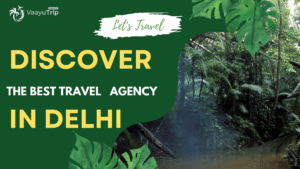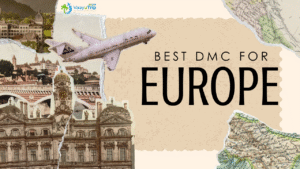Europe has always been the world’s most celebrated stage for travel—Paris with its eternal romance, Rome with its history carved in stone, and Barcelona with its surrealist dreamscapes. But as the post-pandemic era evolved, one reality became louder than ever: Europe’s most famous attractions have become overrun, pushing travelers and travel professionals to seek an alternative.
That alternative has a name—silent tourism.
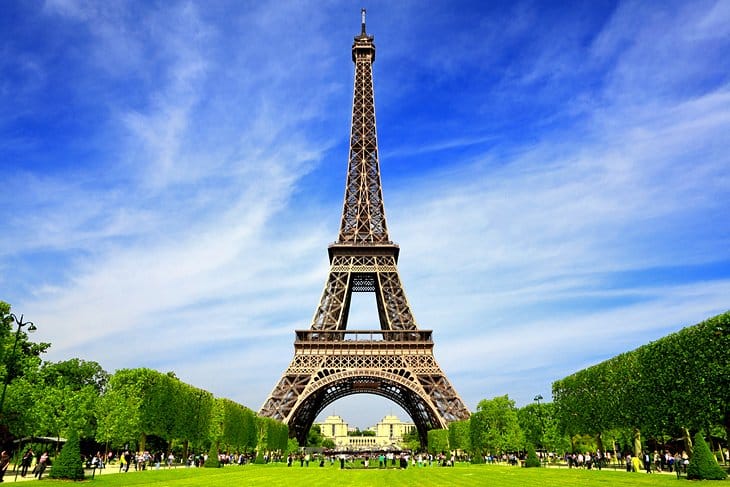
In 2025, silent tourism is not just a niche; it’s a movement redefining how Europe is consumed, experienced, and remembered. And for travel professionals, it is the terrain where the best DMC for Europe stands apart—curating journeys into spaces untouched by the noise of overtourism.
This blog unravels the rise of silent tourism in Europe, why it matters for travelers and B2B operators, and how the best DMC for Europe is orchestrating routes that most maps don’t even acknowledge.
The Problem of Overtourism in Europe
Europe’s popularity has always been its greatest gift and its heaviest burden.
-
Venice receives nearly 30 million visitors a year despite having just over 250,000 residents.
-
The Louvre welcomes more people daily than some small towns see in a month.
-
Dubrovnik’s old town, immortalized by Hollywood, struggles to balance local life with waves of cruise passengers.
For travelers, this means long queues, inflated prices, and diluted authenticity. For travel agencies and operators, it creates client dissatisfaction and difficulty in offering exclusivity.
This is where silent tourism enters the picture.
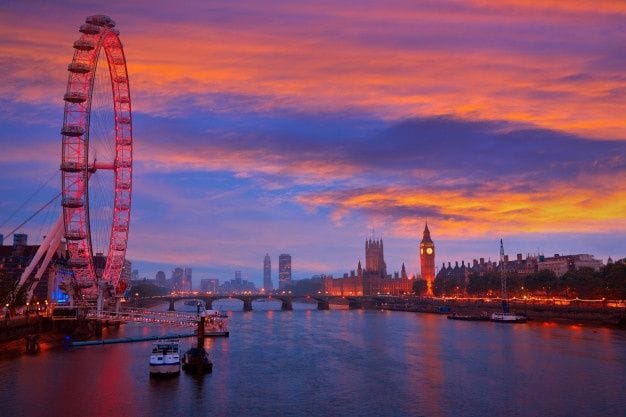
What is Silent Tourism?
Silent tourism isn’t just about escaping crowds; it’s about entering spaces where time still breathes slowly. It emphasizes:
-
Low-density destinations: villages, valleys, and forgotten towns.
-
Meaningful immersion: meeting artisans, monks, farmers, and storytellers.
-
Slow journeys: by train, bicycle, or even on foot, rather than rushing with tour buses.
-
Cultural respect: blending in rather than overwhelming local communities.
In many ways, silent tourism is not new—it echoes the early spirit of exploration before mass tourism industrialized Europe. What’s new is its relevance in 2025, where global travelers, particularly luxury clients, seek exclusivity and serenity.
Why Silent Tourism is Rising in 2025
Several forces are driving silent tourism to the forefront of Europe’s travel industry:
1. Traveler Psychology Post-Pandemic
After years of restricted movement, people don’t just want to “tick off” landmarks; they want deeper, restorative experiences. Silence and authenticity are now luxuries.
2. Sustainability Pressures
European cities are cracking down on overtourism with entry restrictions, taxes, and crowd-control measures. Silent routes naturally align with sustainability.
3. Luxury Travel’s Shift
The wealthy elite no longer measure value in access to famous sites—they want what money can’t buy: seclusion, untouched landscapes, private encounters with culture.
4. Technology Fatigue
In an age dominated by social media noise, there’s a growing appetite for journeys that are unposted, unrecorded, and undisturbed.
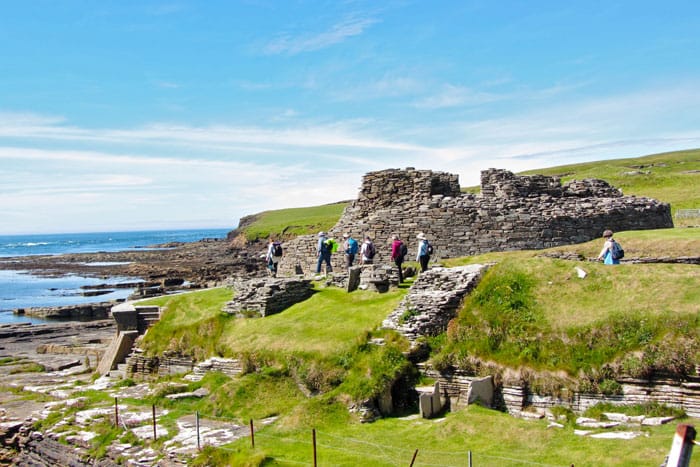
The Geography of Silent Tourism in Europe
Silent tourism thrives in places often overshadowed by their famous neighbors:
-
Northern Portugal: Instead of Porto, silent travelers explore the Douro Valley’s tiny river villages.
-
The Balkans: Montenegro’s hinterlands and Slovenia’s Alpine valleys remain untouched.
-
Northern Scotland: Far beyond Edinburgh, silent seekers walk the Orkney and Shetland isles.
-
Eastern Europe: From the wooden churches of Romania to the silent forests of Slovakia.
-
Mediterranean Islands: Not Santorini, but Ikaria, where the sound of waves and long-lived traditions replace Instagram queues.
These are the kinds of places the best DMC for Europe specializes in revealing. They aren’t found on glossy brochures—they’re whispered about, curated, and carefully protected.
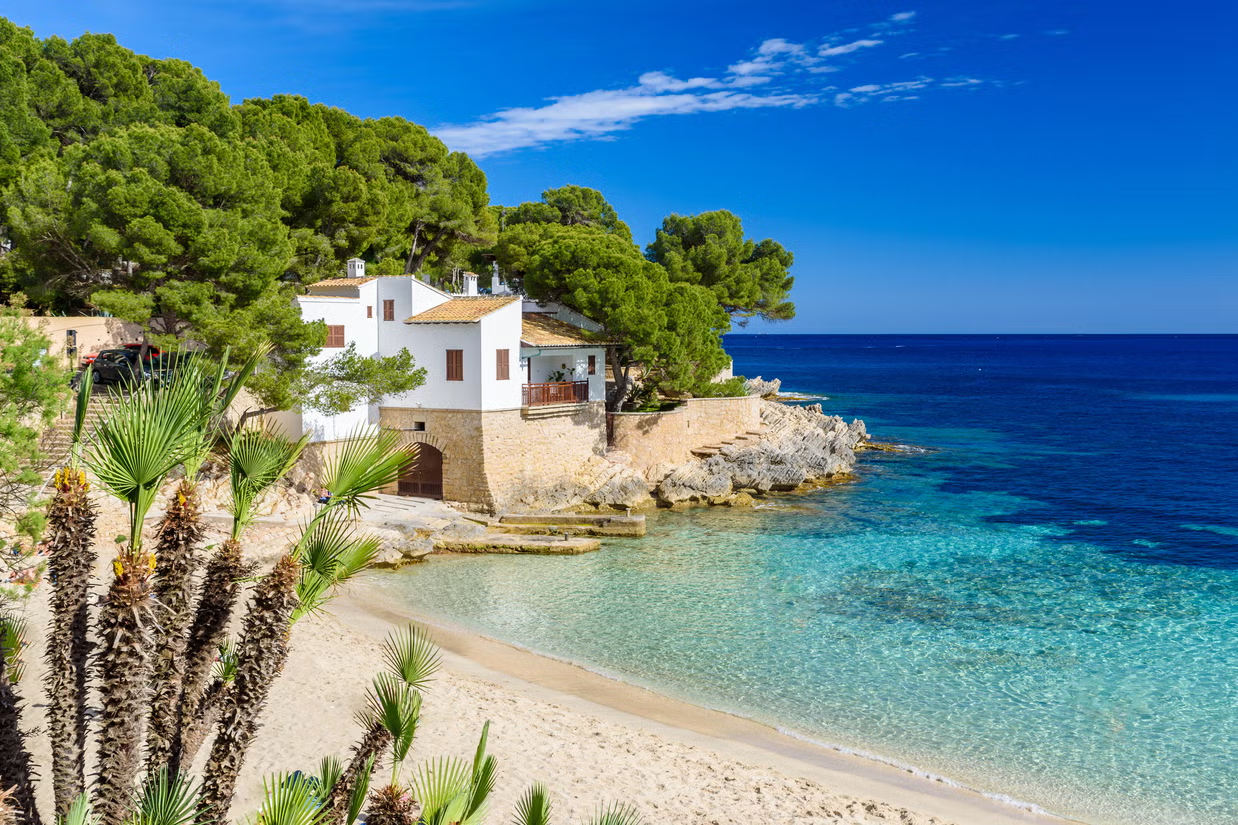
The Role of the Best DMC for Europe in Silent Tourism
Travel agencies and B2B operators can’t simply “Google” silent destinations for clients. Silent tourism requires deep local intelligence, cultural sensitivity, and logistical mastery. That’s where the best DMC for Europe becomes indispensable.
Here’s how:
1. Mapping Hidden Routes
Only a destination management company with decades of local knowledge knows the walking trails through forgotten monasteries in Spain or the unmarked paths of Alpine villages in Switzerland.
2. Building Trust with Locals
Silent tourism depends on relationships. The best DMC for Europe connects travelers with artisan workshops, family-run vineyards, or remote lodges where hospitality is still personal.
3. Balancing Silence with Comfort
Elite travelers don’t want to sacrifice luxury. The best DMC ensures that even the most remote journeys are cushioned with private transfers, boutique stays, and curated dining.
4. B2B Partnership Value
For travel agencies, silent tourism is hard to market alone. Partnering with the best DMC for Europe transforms their offerings—making them not just sellers of tours, but curators of exclusive experiences.
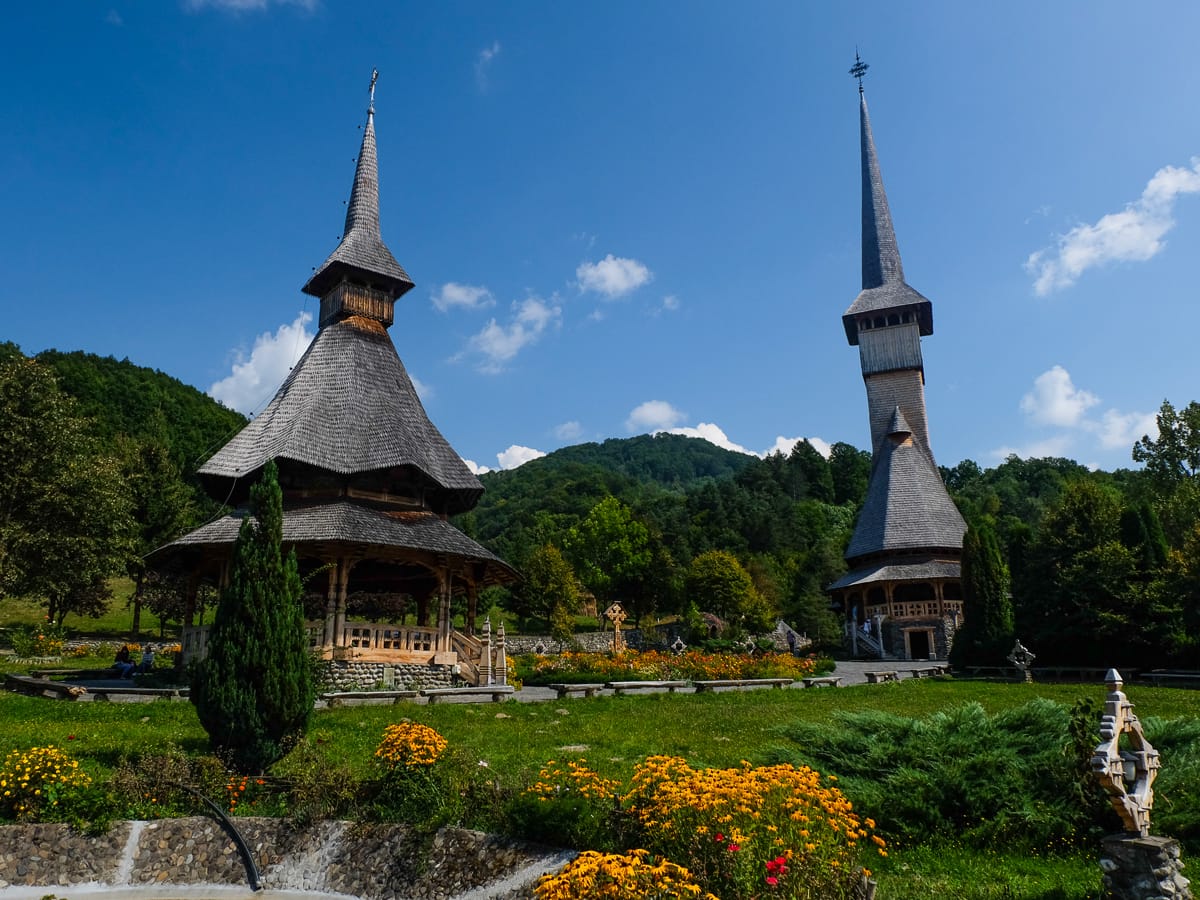
Silent Tourism and B2B Travel Agencies
For B2B travel professionals, silent tourism offers more than a trend; it offers differentiation in a competitive marketplace.
-
Exclusivity as a Selling Point: While mass packages compete on price, silent journeys sell on rarity.
-
Client Retention: A traveler who experiences Europe without crowds is more likely to return to the same agency.
-
Premium Pricing: Silent routes can command higher margins, especially when bundled with luxury services.
-
Sustainable Branding: Agencies can market themselves as conscious, future-forward partners.
The best DMC for Europe gives B2B partners the credibility and logistics they need to enter this rising space.
A New Definition of Luxury in Europe
In 2025, luxury in Europe is not a five-star hotel near a crowded piazza—it is a private villa overlooking a quiet valley, a table in a family-owned taverna where recipes are centuries old, or a silent chapel where no tour buses ever arrive.
The best DMC for Europe doesn’t just arrange itineraries; it curates stories that can’t be found in guidebooks. That’s why silent tourism is becoming the ultimate form of luxury.
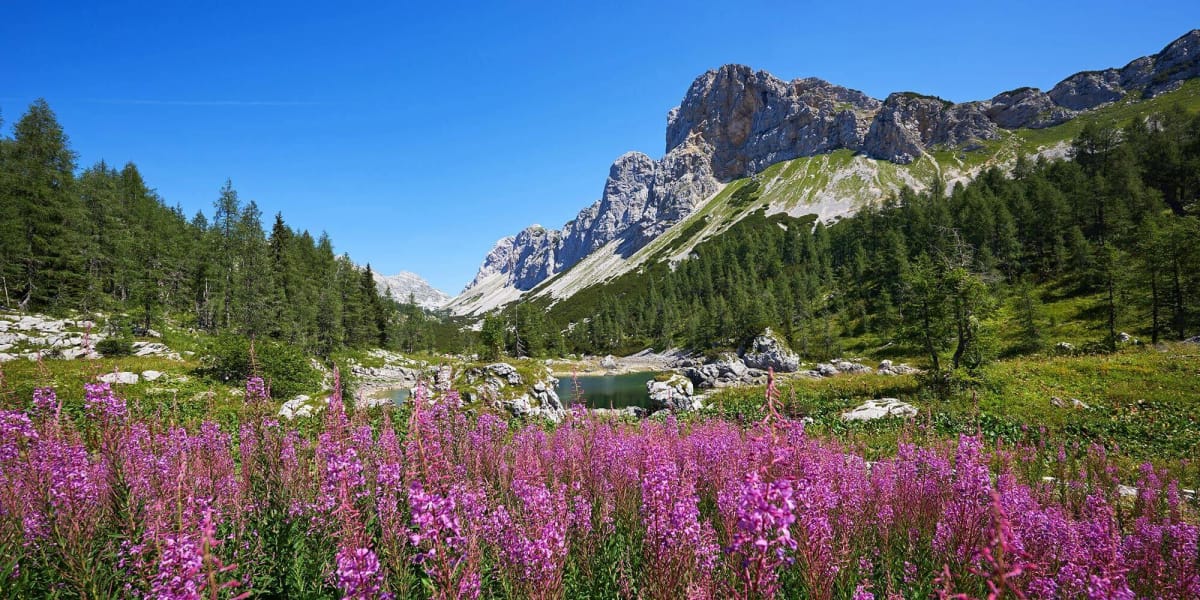
The Future of Silent Tourism
Looking ahead, silent tourism in Europe will expand in three directions:
-
Cross-Border Silent Routes: Linking untouched areas across multiple countries—like Slovenia to northern Italy, or rural France to the Basque region of Spain.
-
Seasonal Silence: Leveraging off-seasons to transform even famous destinations into silent journeys.
-
Tech-Free Travel: Packages where phones are surrendered, allowing travelers to fully immerse in silence.
This evolution will make silent tourism not just a niche offering but a pillar of Europe’s travel economy.
Conclusion: Why the Best DMC for Europe is Your Gateway to Silent Tourism
Europe without crowds is no longer a dream—it’s a reality being crafted quietly across the continent. Silent tourism answers the fatigue of overtourism, the hunger for authenticity, and the demand for exclusivity.
For travelers, it’s the return of wonder.
For agencies, it’s a business advantage.
And at the center of it all is the best DMC for Europe—the unseen architect ensuring every silent journey is seamless, soulful, and unforgettable.
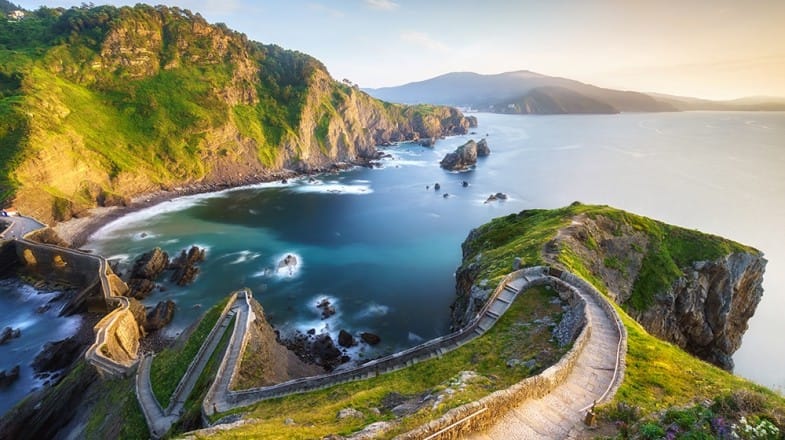
FAQs
Q1: What makes the best DMC for Europe essential for silent tourism?
The best DMC for Europe provides the local insight, logistical expertise, and cultural connections that silent tourism requires. Unlike mainstream tours, these experiences cannot be replicated through standard online research.
Q2: Is silent tourism suitable for luxury travelers?
Absolutely. Silent tourism doesn’t mean basic—it means private. The best DMC for Europe ensures that every silent journey is supported with luxury transfers, boutique stays, and curated local dining.

